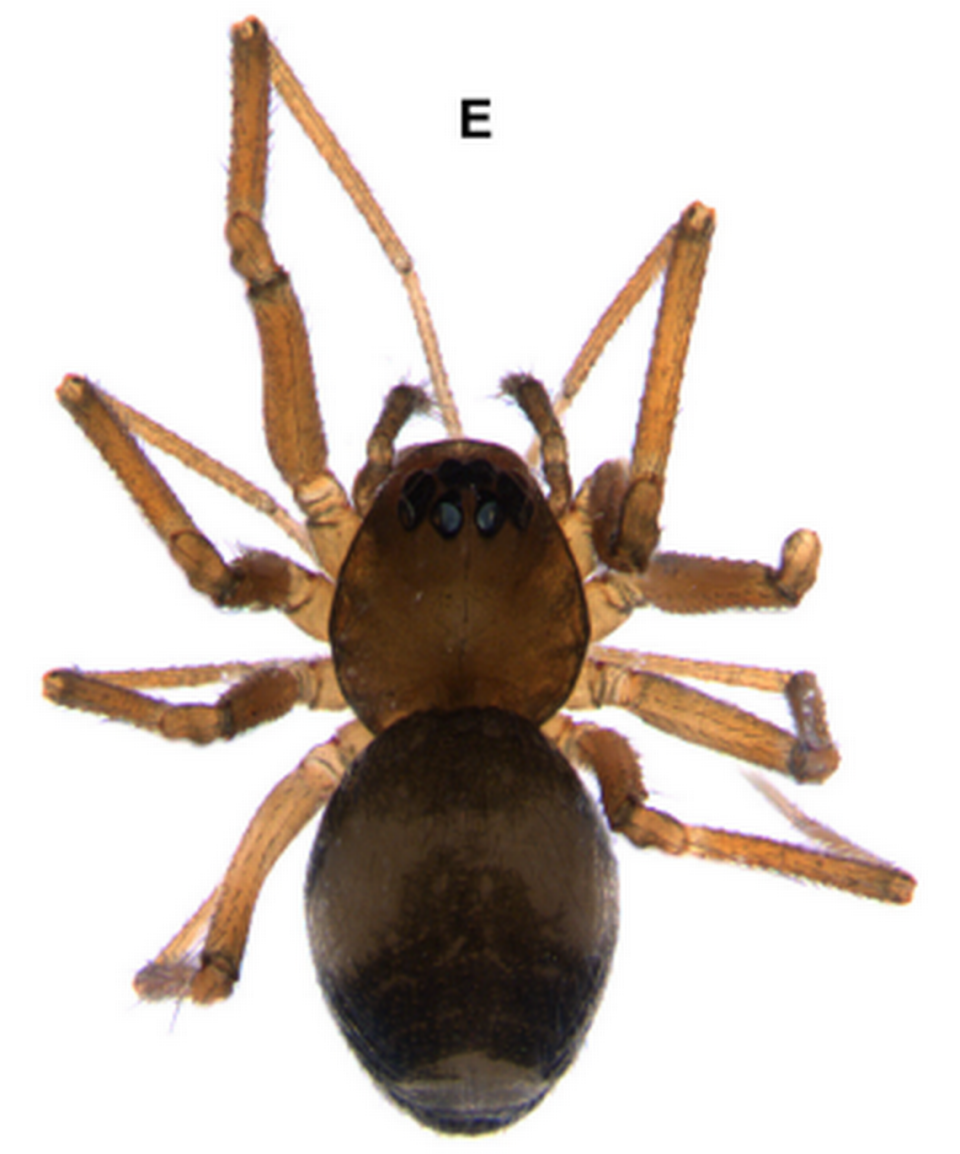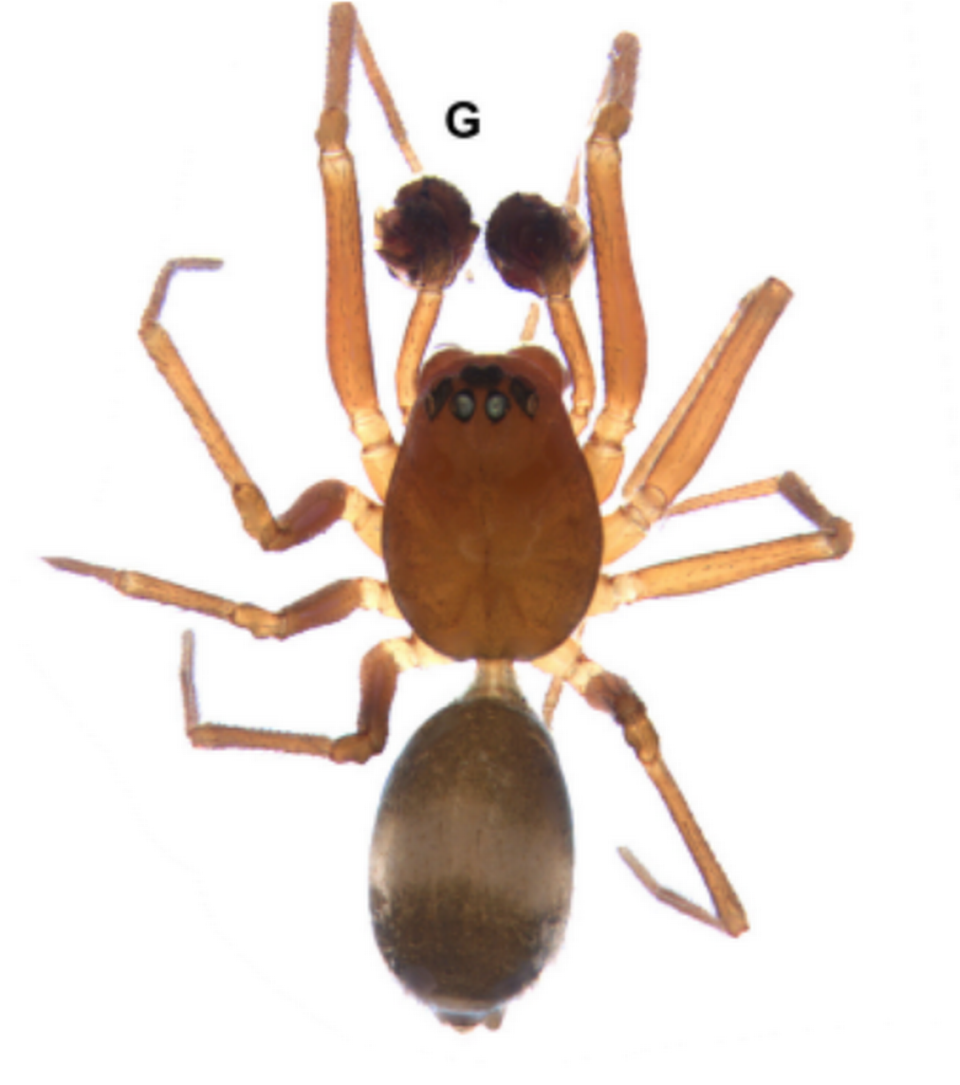A dwarf-sized creature scurried along its eight legs through its home in an Uruguay grassland. That’s when it fell into a researcher’s trap — and was discovered as a new species.
Scientists were exploring Uruguay and Brazil for spiders, according to a study published Dec. 5 in the journal Zootaxa. After collecting dozens of specimens, researchers realized they had found two new species of dwarf spider: Agyneta unguiserrata and Agyneta hum.
Agyneta are known worldwide, but the two new species mark the first time the tiny arachnids have been discovered in Uruguay, researchers said. Both male and female specimens were collected.
Both eight-eyed species have a long, oval-shaped front half of their body, known as their carapace, according to experts. They are similar in color with a brown to brownish orange carapace, brown sternum and “light orange” legs.
Discover more new species
Thousands of new species are found each year. Here are three of our most eye-catching stories from the past week.
→ ‘Limbless’ creature found digging beneath rotten tree in Vietnam
→ Four-eyed creature with ‘spherical’ sex organ found in China
→ Sea creature with 328 tentacles found suctioned to rock in Japan
Researchers said they differentiated between the species by examining their genitalia.
Agyneta unguiserrata males have “serrated” parts of their pedipalps — their mating organ that transfers sperm to female spiders. They also have small tooth-like projections from their pedipalps that researchers described as “claw-shaped” and “fanglike,” scientists said.
Experts said female specimens have “crescent” epigynal slits, which are part of their external sex organ known as an epigynum. Part of their epigynum was described as “triangular.”

Researchers said they named the species after the Latin words unguis, meaning claw, and serratus, meaning serrated, for its pedipalp anatomy.
Agyneta hum males have a pointed embolus tip, and the membrane surrounding their embolus is fringe-like, the study said. The embolus is the part of the pedipalp that spider’s use to transmit sperm to females. Female specimens have “oval” epigynal slits.

Both species are small, with male specimens of A. unguiserrata measuring approximately 0.07 inches and female specimens measuring approximately 0.05 inches to 0.08 inches, according to scientists. Male and female specimens of A. hum measured between about 0.07 inches and 0.08 inches.

Agyneta unguiserrata is found in natural grassland and forests on the banks of rivers in both southern Brazil and Uruguay, experts said. Agyneta hum lives in similar forests and swamp forests in Brazil and Uruguay.
Researchers said they named A. hum after the Guaraní word “hû,” which means black and is used by locals to describe the nearby Negro River “because of the mighty river and the dark color of its water.”
‘Color-changing’ creature with ‘tubular’ genitals found in Brazil is a new species
‘Uncommon’ creature with ‘enormous’ genitalia turns out to be new species in Australia
Four-eyed creature with ‘spherical’ sex organ found in China is new species. See it
Signup bonus from





